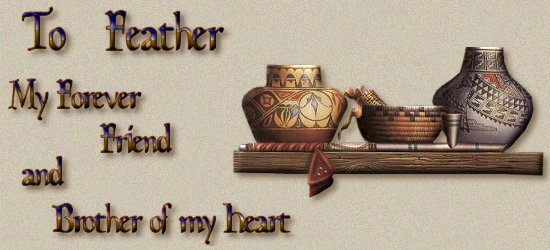

The Aboriginal Indian Medicine Wheel
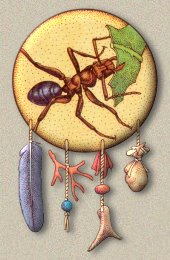
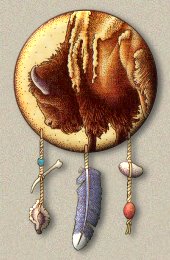
Scattered across the plains of Alberta, Canada, are tens of thousands
of stone structures. Most of these are simple circles of
cobble stones which once held down the edges of the famous
tipi of the Plains Indians; these are known as "tipi rings."
Perhaps the most intriguing cobble constructions, however,
are the ones known as medicine wheels.
There are a total of 46 medicine wheels in Alberta.
This constitutes about 66% of all medicine wheels known.
Alberta, it seems, is the core area for medicine wheels.
Virtually each medicine wheel has a unique form.
The term "medicine wheel" was first applied to the
Big Horn Medicine Wheel in Wyoming, USA, the most southern one known.
The "medicine" part of the name implies that it was of
religious significance to Native peoples.
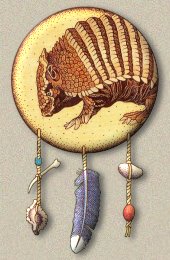
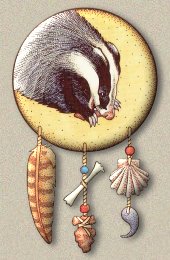
Prior to European arrival, there were about 20,000 stone medicine wheels
in North America. They are often located in areas
that Native peoples found to have some spiritual significance.
Research has suggested a number of functions for the wheels
and has indicated their use over a very long period of time.
Medicine wheels seem to be primarily an Alberta phenomenon;
we have many more here than do the adjacent provinces and states.
American Indians practice ceremonies where they walk
the medicine wheel and contemplate the concepts that
each of the stones represent. Because the stones represent concepts
that correspond with their environment, by placing them
in the appropriate locations and meditating on them,
they are able to find the truths of their environment and obtain enlightenment.
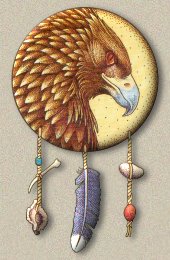
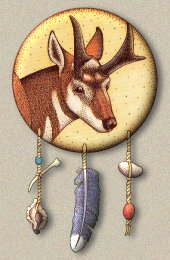
Reference sources:
Time Enough for Love
The Provincial Museum of Alberta Human History: Archaeology

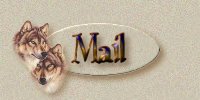

|
|